Diving in the Maldives is a growing trend due to the chance to dive with whale sharks, manta rays, and a variety of reef fish. The Maldives, a chain of atolls, offers options form resort life style, to liveaboards – all primarily focusing around the popular water life that is the island life.
Experience the wonders of the Maldives like never before with a liveaboard adventure. Sail through crystal-clear waters teeming with stunning marine life while enjoying comfortable accommodations onboard. With daily dive trips and excursions to pristine beaches, you’ll make unforgettable memories in one of the most breathtaking destinations on earth. Discover all that this tropical paradise has to offer and indulge in a truly immersive getaway that will leave you feeling rejuvenated and inspired.
Quick Trip Overview
- Location: Maldives
- Closest Airport: Male International Airport
- Time of Year of Trip: May
Diving in the Maldives Quick Information
- Wet Suit: 3mm / Shortie / Skin
- Water Temperature: Average 30 surface, 28 bottom
- Current: Varies by dive site
- Average Depths: 30m
Dive Season in the Maldives
Here is a breakdown of the best time to go diving in the Maldives based on the season.
- December to March is the best time period of visibility, as this is post rainy reason.
- April to June is the hottest time period to visit the Maldives.
- May to August is the wet season, there will be an increase in thunder and rainstorms. Which will kick up the currents and overall lower visibility. May is the start of the season so there will be scattered storms starting in May.
Overall, the best time to go diving in the Maldives is December to March, however, there is always the option to dive outside that time period – just anticipate some potential weather influences.
The Rules for Dive Shops in the Maldives
The Maldivian Tourism Board actually has a manual of guidelines for dive shops and dive boats in the Maldives. A majority are standard practices but there are some interesting ones to point out.
- Boats and Dive Centres will not feed Sharks.
Another interesting aspect of the Dive life in the Maldives is that you will find that all divemasters will be local – or Maldivian. The only foreigners you will find are instructors.
Recommended Certifications for Diving in the Maldives
The Maldives has such a large variety of diving locations. Therefore, the list for possible dive certifications can be a very long list. However, this is the basic recommendations that I have:
- Advance Water Certification / Deep Diver
- Wreck Dive Certification
Given that the Maldives is a maritime country, there are plenty of wreck dives. Most liveaboards will not visit any wrecks, but there is always the possibility.
Wildlife to Spot in the Maldives
Manta Rays in the Maldives
Did you know that the Maldives is home to some of the most magnificent creatures of the ocean, including majestic manta rays? These gentle giants can have a wingspan up to 23 feet and are absolutely breathtaking to witness in their natural habitat. Snorkeling or diving with them is an unforgettable experience, as they glide through the crystal-clear waters effortlessly. The Maldives offers numerous opportunities for encountering these amazing creatures and creating unforgettable memories.
There is estimated to be approximately 5,000 Manta Rays in the Maldives. It is estimated to be the largest population of Manta Rays in the world. The Manta Rays are year-round residents, which mean that these Manta Rays do not migrate away from the Maldives. Learn more about Manta Rays in the Maldives here – and help identify Manta Rays by submitting your photos!
Some locations like Hanifaru Bay, are known to have upwards of 150+ Mantas feeding there.
Most dive boats will include a location that includes a Manta Ray dive. For example, the liveaboard I was on, went to a well-known cleaning station in hopes that a Manta would be there to be cleaned. Unfortunately, we did not see any Manta Rays during our dive.
The rule of thumb for the Maldives is head towards the North Atolls in order to see Manta Rays. From November to April the Manta Rays can be best spotted on the Western side of the Atolls, then during the migration period, the Manta Rays will migrate to the Eastern side of the Atolls from May to October following the plankton.
Whale Sharks in the Maldives
Experience the wonder of Maldives and get up close with the gentle giants of the ocean – the whale sharks. Did you know that the Maldives is home to some of the largest concentrations of whale sharks in the world? Known for their massive size and docile nature, whale sharks are a sight to behold. These gentle giants are filter feeders and can grow up to 40 feet long. Swimming alongside these majestic creatures is an experience like no other that should be on every traveler’s bucket list.
Whale Sharks can be found throughout the Maldives, however, the most popular areas seem to be towards the south of the Maldives. Such as by the Ari Atoll.
You will find a lot of boat companies that will spend a day searching for whale sharks for snorkelers. Additionally, liveaboard companies tend to dedicate one of the days to finding whale sharks as well. In the case of my liveaboard, it was a snorkel day, the dive boat was similar to the snorkel boats.
The general day will start with everyone loading onto the dive boat. Then the boat will motor about trying to spot a whale shark by the surface – with the assistance of radio from other boats. Once a whale shark is spotted the boat race over while all the people on the boat scramble to put on the snorkel gear. A hand signal is given and then everyone jumps into the water and starts flopping around by the whale shark.
Without much surprise, the whale shark eventually goes lower and then swims away from the massive group of splashing snorkelers with go-pros.
If you are interested in a more natural encounter with whale sharks read about diving with whale sharks at the Similan Islands.
Does the Maldives follow the rules for encounters with Whale Sharks?
There are rules passed for how liveaboards are supposed to interact with Whale Sharks. The general guidelines were:
- Only one boat within a 10m proximity of the whale shark – and to the tail in of it as to not interfere with the path.
- No chasing of the whale shark
- No touching of the whale shark
- Once complete, the boat is supposed to move away for another vessel to come over.
The guidelines were briefed well and seemed like a great implementation. However, I can tell you first hand that the above is not how the encounter goes at all. The boats will encircle the whale shark and everyone jumps in for a photo. I stayed on the boat as chasing a whale shark with a snorkel is not something I was interested in doing.
Additionally, the second whale shark we encountered came up to the boat with the mouth open and swam about the boat. The general behaviour seemed to display that the whale shark was customed to being fed by boats.
Other wildlife to spot while diving in the Maldives
- Nudibranch – There is a large variety of nudibranch that can be spotted along the top of different pinnacles.
- Maldivian Anemonefish – an anemonefish that you will only find in the Maldives. You can identify this anemonefish by the orange body, white stripe behind the eye – but most importantly the black belly with black pelvic and anal fin. (some may have an orange anal fin, however)
Popular Dive Spots in the Maldives
There are so many dive sites that are listed in the Maldives that is hard to say which are popular, or the most famous. Liveaboards will take you to a majority of the most popular destinations, and there are plenty of resorts that offer amazing house reefs. Read more below to learn about liveaboard or resort for a dive trip to the Maldives.
Liveaboards or House Reef
Liveaboards in the Maldives
Experience the ultimate adventure in the Maldives with a Liveaboard trip. Explore hidden gems and dive into crystal-clear waters teeming with vibrant marine life. Enjoy comfortable accommodation, delicious cuisine, and exciting activities and island excursions. With a liveaboard trip, every day is a new adventure as you journey through one of the world’s most beautiful destinations.
The most popular way to go diving in the Maldives is by liveaboard. This is the method that I did, and here are some of the reasons why selected a liveaboard:
- The ability to visit a large number of dive sites all across the Maldives
- Focused on diving, and with a group also interested in diving
- Cheaper!
Yes, it may seem surprising but the liveaboard is much cheaper than staying at a resort in the Maldives. The tax that is added to resorts is so high, that a liveaboard was the cheapest option (it is also all-inclusive so no food cost!). I went on a 7-day liveaboard for the same price as staying at a resort for 3 days (with no activities).
You can read more about my liveaboard review on the Scubaspa.
There are a lot of options for liveaboards in the Maldives as well, so check out the options at liveaboard.com.
Here is a list of the most popular liveaboards:
- Carpe Diem
- Blue Force I
- Scubaspa Ying / Yang – this is the one that I used!
Resort House Reef in the Maldives
Almost all the resorts in the Maldives offer a dive program, and the option to dive at a house reef. This is great if you want to enjoy that overwater bungalow-style resort and still partake in some diving.
Additionally, a couple of my liveaboards stops were at house reefs of resorts. Personally, some of the house reefs were my favorite such as Fish Head off of Moofushi. This pinnacle dive was so beautiful that I could have dived there every day.
So Liveaboard of Resort House Reef?
This will ultimately come down to personal preference.
I feel that the liveaboard is cheaper and more accessible as a majority will pick up from the Male international airport – therefore no hassle trying to figure out commuting.
Whereas if you want to partake in some of the beautiful house reefs you will have to catch a seaplane to a farther off atoll from Male.
However, if you are travelling with someone who is not a diver, then a resort may be the best option to have great experiences for both parties.
Or to just live that best overwater bungalow life.
How to Get to the Maldives
Airport Options
Here are some of the airport options:
- Male International Airport – the main airport for Maldives. If you are visiting the Maldives you will be flying into this airport. Fortunately, a majority of liveaboards start at this airpot and will pick you up from the airport to the dive boat.
- Villa International Airport Maamigili – the second airport that you are most likely to see if taking a liveaboard. A majority of the longer liveaboards (7+ days) will do round trip to Male, but if you opt for a shorter one (5 days) then you may disembark on this island instead and will have to use this airport to return to Male. It’s only a 30 minute air ride though!
Transportation around the Maldives
Fortunately a majority of liveaboards will pick up from Male international airport so you will not need to concern yourself with transportation as the dock outside the airport will take you to the boat.
If however you are looking at getting about before or after a liveaboard there are a couple of options.
- Ferry to Male – there is a ferry that will depart the airport and go over to the city of Male. Yes, the airport is on an island and you will have to ferry or boat to get anywhere!
- Speedboat – if you are looking to stay at another resort, then depending on the distance you can take a speedboat out to the resort.
- Seaplane – if the destination is not reachable by speedboat, then the next options is by seaplane. The airport has the seaplane terminal and you simply go over to the seaplane terminal section and arrange for flights there.


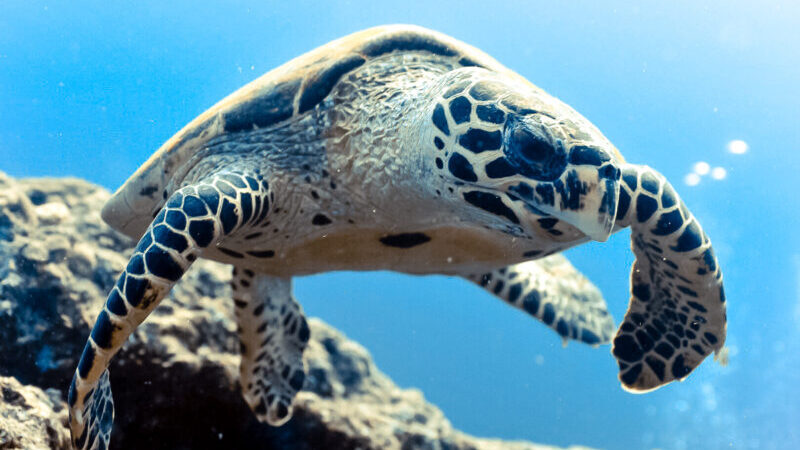
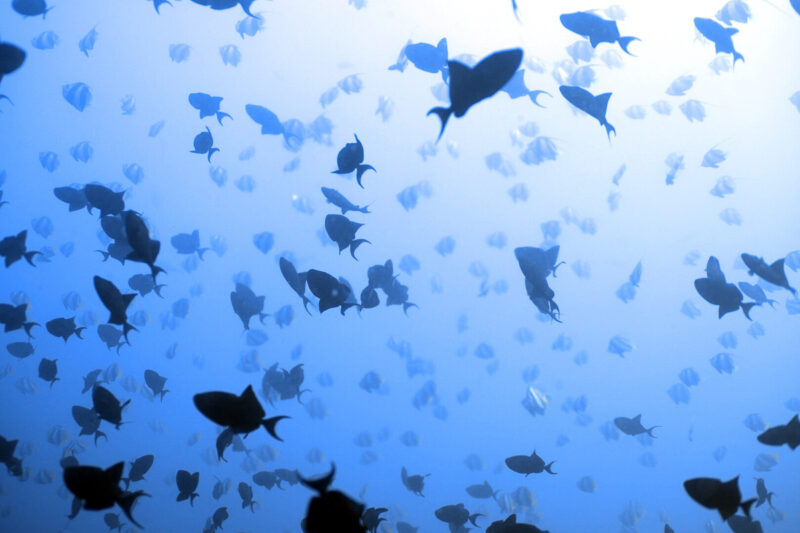
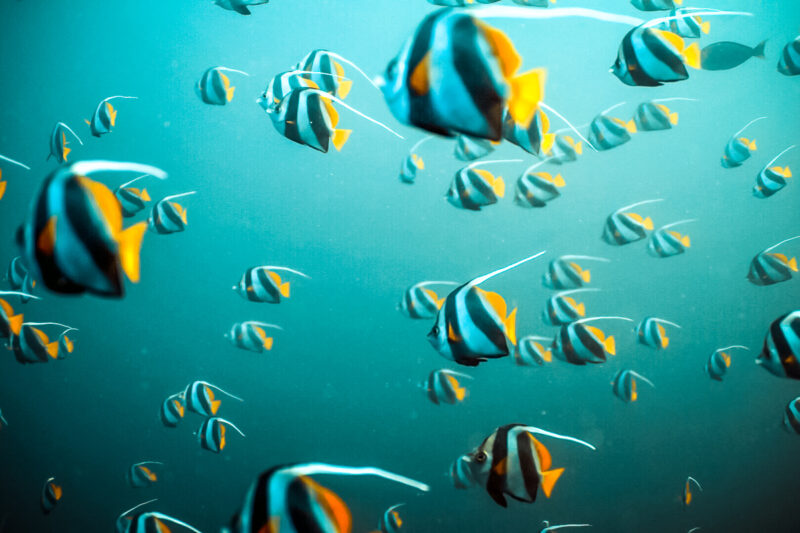
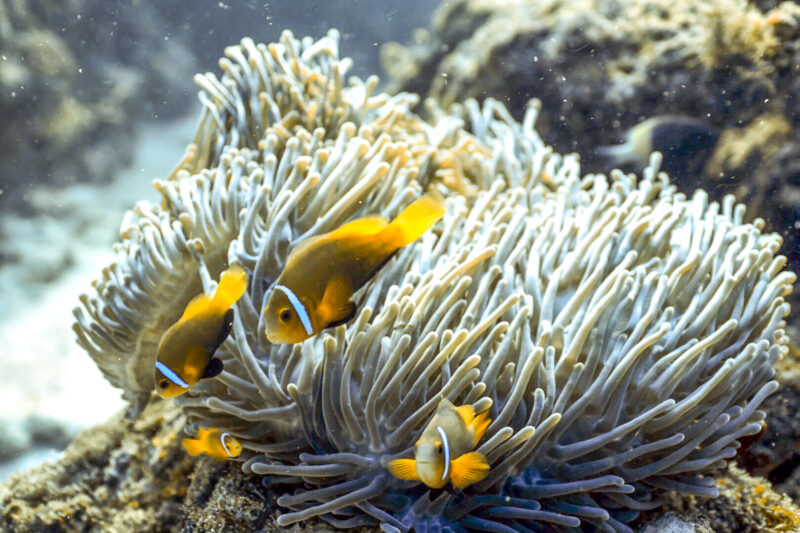
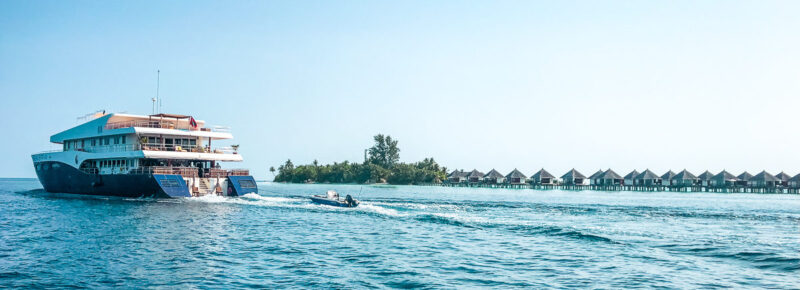
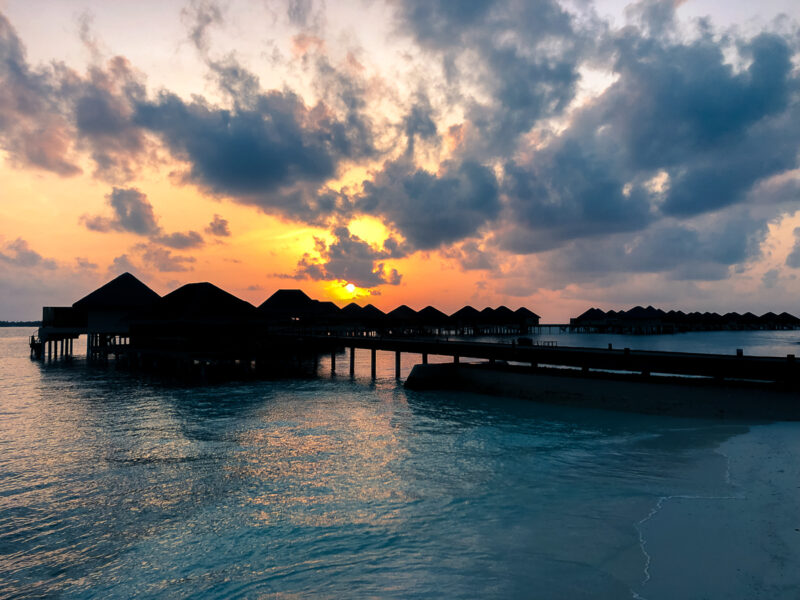
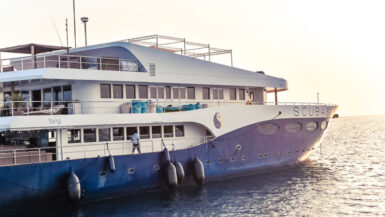
[…] Diving in the Maldives – Liveaboard or Resort? […]